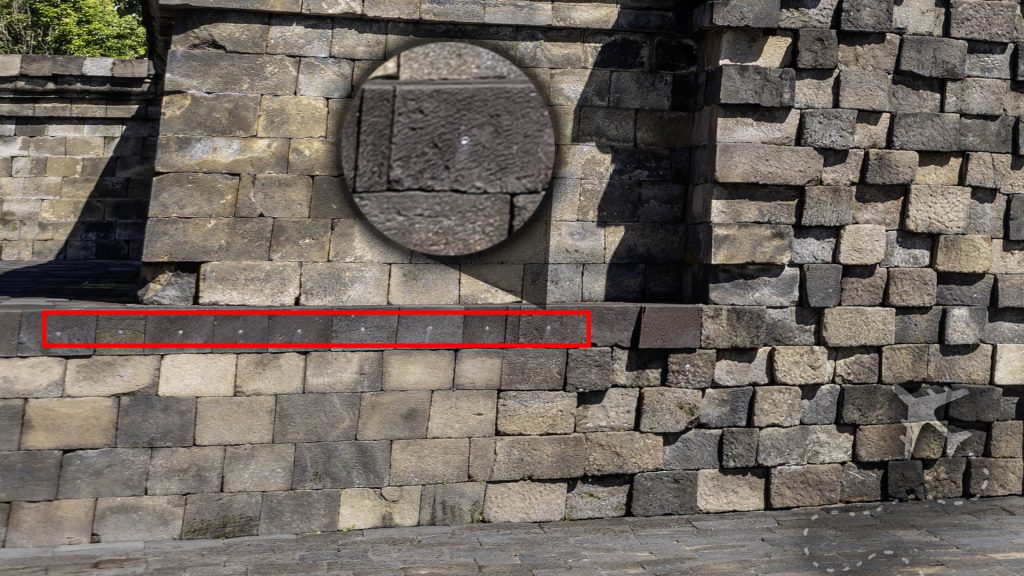- Your cart is empty
- Continue Shopping
Discover the Beauty and History of Borobudur Temple

Borobudur survived bombings, earthquakes and erupting volcanoes. Today, this world-renowned destination for cultural heritage is threatened by over-tourism.
Borobudur Temple is the world’s largest and most breathtaking Buddhist temple; Located in Central Java, it was built in the 9th century and is one of Indonesia’s most visited (and photographed) tourist attractions.
Inspired by Javanese Buddhist architecture and traditional Buddhism, the temple was built in three tiers:
- A pyramidal base with five concentric square terraces
- The trunk of a cone with three circular platforms
- A monumental stupa at the top
The temple was built without cement or mortar and consisted of millions of interlocking stones.
The relief panels on the temple walls tell the story of the life of Buddha and the principles of Buddhism. The panels are arranged in a narrative sequence that begins at the temple’s base and continues to the top. The reliefs are intricately carved and illustrate scenes from the Jataka tales, which are stories of the previous lives of the Buddha.
Throughout the years, times weren’t always great; there is evidence that Borobudur was abandoned in the 14th century due to the Javanese conversion from Hindu to Islam.
Along with religious turmoil, Borobudur has spent its entire existence under constant threat of destruction. Volcanic eruptions, earthquakes, lahars, lava, and pumice are all formidable and persistent threats from the dozens of active volcanoes in the region. More recently, idiot terrorists detonated bombs on the property, damaging areas of this historic site.
Aside from geologic and terrorist threats, intense tourism to Borobudur has also affected the structure. The stone stairs have worn to the point where they had to be retrofitted to withstand the daily visitor traffic – more on that in a moment. Even with the improvements, the temple has narrow, very steep stairs that make moving around the complex challenging if you have mobility problems.
Thankfully the UNESCO community continues to support and raise money to restore and maintain this remarkable destination.
Through the viewfinder
Borobudur Uncensored
It’s pretty challenging to get me to shut up about places I’ve visited. Borobudur is a destination I was entirely unprepared for and left me speechless—this template’s stunning beauty is humbling and breathtaking. Seeing such a fantastic piece of 9th-century architecture with such historical and religious importance shows humanity is truly amazing. Borobudur being called “Indonesia’s most visited destination” is not a marketing slogan; this place has shitloads of local and foreign visitors every single day, every day of the year.
One of the craziest facts I learned on my second trip to Borobudur is that each stone is individually inventoried and tracked throughout the vast, expansive compound. Stones worn beyond acceptable standards or dangerous to visitors are continually replaced with new stones. Each replaced stone is marked with a small white dot to signify that it is not the original 9th-century stone—I was shocked to see so many stones throughout the temple with the dreaded white dot.

UNESCO tracks this closely, as the percentage of the original structure is critical to keeping Borobudur’s prestigious World Heritage Site designation intact for generations to come.
Borobudur’s over-tourism was inevitable, as it is one of the most breathtaking destinations on this planet. As a direct result of the site’s relentless daily visitors, in 2022, the Indonesian Minister of Tourism and Creative Economy, in coordination with UNESCO, raised the entrance prices and began enforcing a daily limit of 1,200 people who can climb Borobudur.

If you plan to visit Borobudur, please reserve a ticket to climb the temple as soon as possible. There are strictly limited to 1,200 people per day. Trust me, you won’t regret the experience.
Although the changes are unfortunate, they were designed to help preserve this significant cultural site for generations to come; however, the changes have eliminated one of the most magical experiences at Borobudur—seeing the sunrise over the temple. The temple now opens at 09:00 (as of my 04/2023) visit.
Frequently Asked Questions
In 2022, significant changes were made to the Borobudur Temple. Only 1,200 visitors per day are selected and allowed to climb the Temple. Additionally, the operational hours have changed; the temple opens at 09:00 – long after sunrise.
The sheer number of daily visitors caused excessive wear on the stones at the temple. To maintain the longevity of the temple structure, visitors must wear sandals (provided) before climbing Borobudur.
The tariff (entrance fee) for local Indonesians is IDR 750,000 (About USD $51).
The tariff (entrance fee) for foreign visitors to Borobudur is USD $100 (About IDR 1,500,000).
Borobudur is a Mahayana Buddhist temple located in central Java, near the town of Muntilan, Indonesia.
Everything you need to know before you visit Borobudur
Discover the Beauty and History of Borobudur Temple
9.8/10
Cons
- Heavy over tourism
- Expect large crowds at peak times




